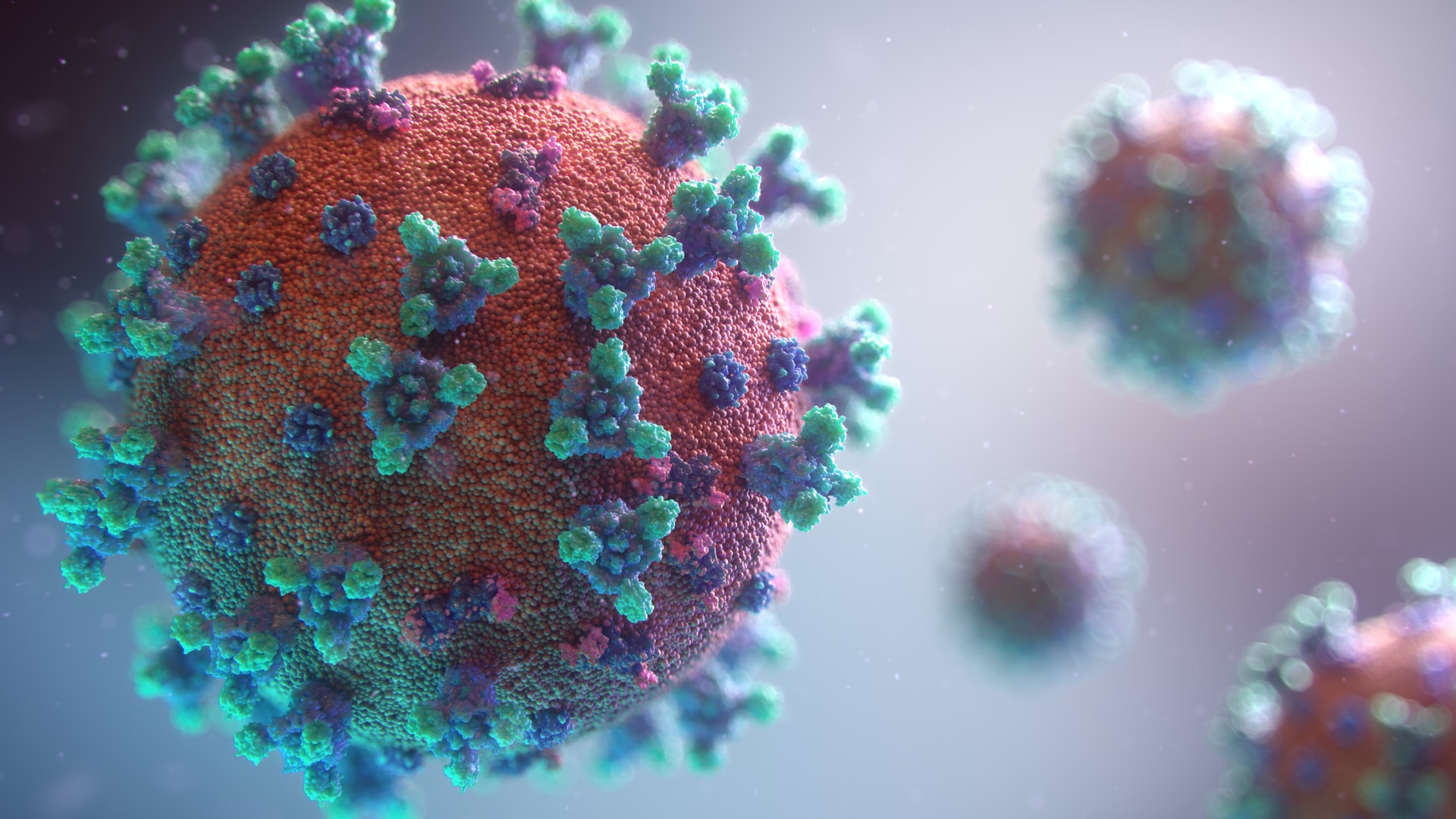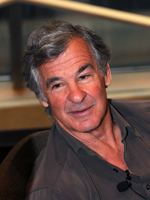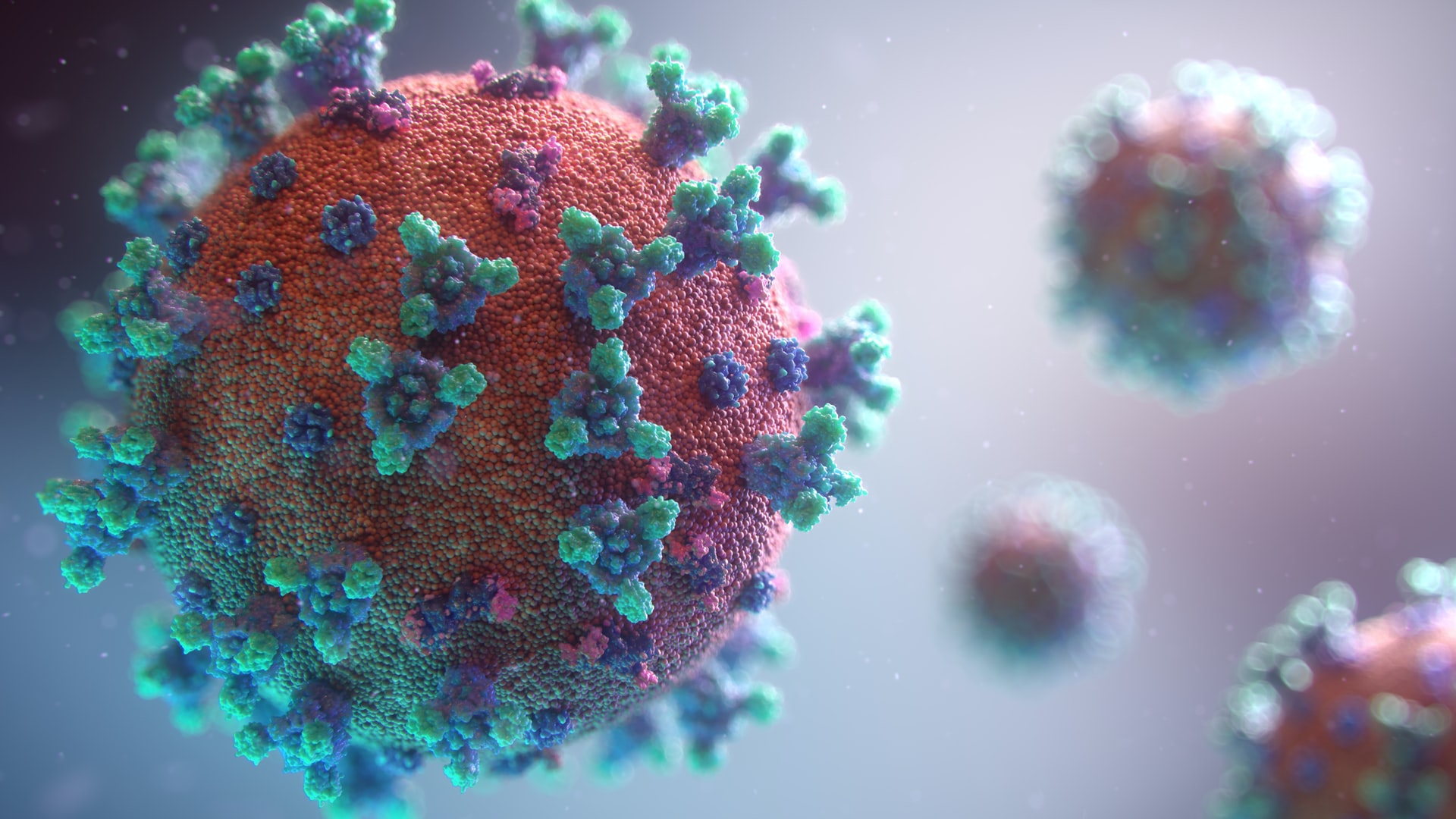
Gary Friedman
The coronavirus has invaded all of our lives. We don’t have a choice about that. We do have a choice about how we deal with it as conflict professionals. While we’re sheltering in place, we’re not able to use our strongest tools to make the in person human connection which is often the key to our helping people go through conflict together. So we are left with possibilities of communicating by e-mail, telephone, or Zoom.
None of these alternatives can replace the feeling of humans together in the same room to reach the kind of understanding that comes not just from words and body language, but the kind of connection that comes from being able to see, hear, and feel each other. While Zoom is a major improvement on telephonic connection because we can see each other, its limitations are significant. For example, we can’t see who is looking at whom, a key way to connect and read what is happening.
Thus, the coronavirus has created the isolation that makes us unable to be together physically. It has also left us with a huge range of feelings that it has triggered. Fear, anxiety, grief, pain, and anger have not been unfamiliar feelings to any of us, but the omnipresence of the virus and the isolation we are experiencing intensifies these feelings.
What does this mean for us as conflict professionals?
First, the virus and the attendant feelings are impacting us—as well as the people we help—and we need to find a way of dealing with our own feelings if we are going to bring our full selves to working with the parties. If we push those feelings away, we will be distancing ourselves from what is important to us and our clients even more than we need to. We have been surprised by the sweet moments that have occurred during the chaotic up-and-down of the swirl of feelings that have engulfed us.
Second, this crisis is an opportunity for us to get a much bigger and deeper perspective on our lives. I have particularly appreciated more than ever the great privilege I have in the life I lead, and I think that must be true for many of you as well. Racism continues to create suffering for all of us. Just this week, as the statistics in the United States of America are revealing the disproportionate concentration of death Black and Brown people are experiencing acutely demonstrates the plague of systemic and social injustice and inequality wrought by our privilege.
Third, recognizing that we and are clients are all experiencing vulnerability helps us find the courage to see that vulnerability as a source of strength rather than a weakness.
Fourth, as much as the world seems out of control right now, we need to recognize within the psyches of ourselves and our clients, that with every stimulus and response, there is a space in between where we can make choices. Viktor Frankl, who survived many years in the death camps during World War II, discovered that if we can recognize that and cultivate that space to make choices, we won’t feel so victimized by what is going on.
Fifth, the virus is raising havoc with all of our lives and has created uncertainty for us and our clients, so making decisions that don’t take that uncertainty into account is likely to be unwise.
Sixth, the devastation that we are all experiencing is a source of connection between all of us, to our clients and between them as well. We need to learn how to work with these feelings in ourselves and our clients skillfully. The crisis that has been triggered is an opportunity to look more deeply at what our lives are about and what we care about. This is true for all of us.
Seventh, the feelings that we can help our clients access do not point just to their responses to the virus, but to the deeper meaning of people’s lives which underlie decisions they make in mediation.
How do we do all of this?
- Accept and be willing to explore all the difficult feelings we are experiencing so that we are emotionally present during our times working with our clients.
- Be especially attentive to self-care now, particularly recognizing whatever frustrations we experience with the technology and the challenge of connecting with our clients. We have more time now than we have had that was formerly spent navigating back and forth. Let’s use it to do some things that we haven’t felt we’ve had time to do that feed our souls.
- Normalize our clients’ upset, don’t try to help them get rid of it, but point them toward their deeper experience of what matters most to them now.
- Recognize that right now trying to be happy is going to make people more unhappy because they’ll be pushing away the feelings that they need to access to make realistic decisions.
- Most of all, focus on the power of understanding rather than coercion to help them negotiate stable solutions.
- Now, the world is changing everyday now in ways that none of us knew, and it is our job for ourselves and our clients to stay in the present, knowing that the past is not going to be much of a guide and that no one, especially now can predict the future.
At the Center for Understanding in Conflict, we are trying to follow our own advice, taking our training
online and working hard to see how we can find creative ways to connect with
you in the same way you want to connect with your clients. That means we have had to deal with the
frustration of not being able to see you in person. We have been, and will be, conducting training
programs to meet the challenge of being there for you and sustaining our
commitment to support you. We are very much interested in hearing from you
about what you need, as authentic
interaction that is authentic is at the heart of what we most care
about.

Gary J. Friedman has been practicing law as a mediator with Mediation Law Offices in Mill Valley, California since 1976, integrating mediative principles into the practice of law and the resolution of legal disputes. Co-founder of the Center for Understanding in Conflict (formerly the Center for Mediation in Law), he has been teaching mediation since 1980. Prior to his work as a mediator, he practiced law as a trial lawyer with Friedman and Friedman in Bridgeport, Connecticut. After several years as an advocate, he sought a new approach to resolving disputes through increasing the participation of the parties in the resolution of their differences. At that time, he and his colleague, Jack Himmelstein, began to develop the Understanding-based model that is now practiced extensively in the United States and Europe. As one of the first lawyer mediators and a primary force in the current mediation movement, he has used this model to complete over one thousand mediations in the last two decades He has mediated numerous two-party and multi-party disputes in the commercial and non-profit realms, in the area of intellectual property, real estate, corporate, personnel, partnership formations and dissolutions, and family law.

